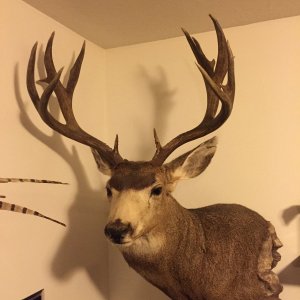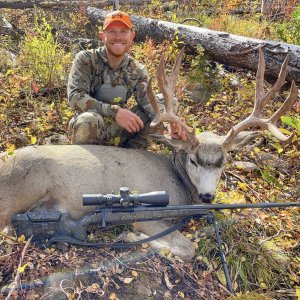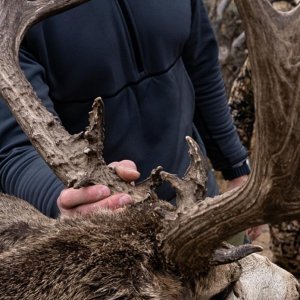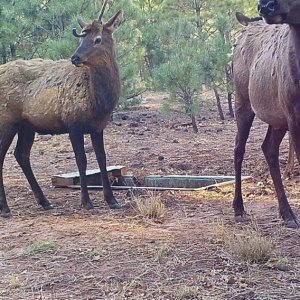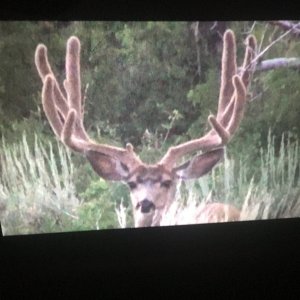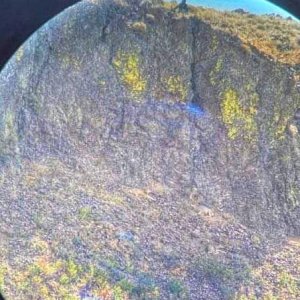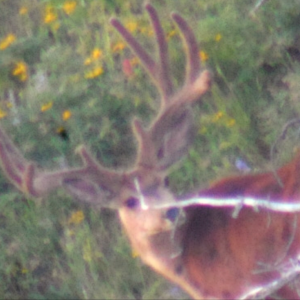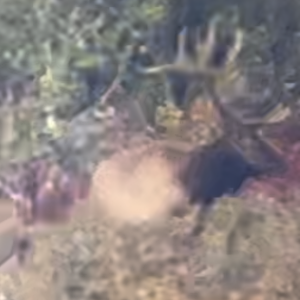LAST EDITED ON Sep-28-14 AT 09:43AM (MST)[p]That line or ring around the base of the brass could be nothing or can be the start of a case separation. Depends on how many times you have reloaded that brass after firing in your rifle.
Take a fine wire bend a small "L" shaped hook at one end and sharpen the point of that hook. Insert it into the brass case all the way to the bottom. With the sharpen hook contacting the case wall, drag the hook up. If it hangs up in the area you see the ring, you have the start of a case separation. One or more resizing and firing of the brass will cause the brass case to fully separate in the rifle chamber and you now have a problem of removing the front part of the case from the rifle. That brass is trash, get rid of it.
The cause of case separation is you do not have your sizing die adjusted right for that particular rifle you are shooting the reloaded ammo in. Some reloaders screw the sizing die all the way down to where it touches the case holder. BIG BIG MISTAKE! Doing this pushes the shoulder of the case too far back and firing that case causes the shoulder and case wall brass to flow forward to where it is stopped by the rifle chamber walls.
This flowing forward of the brass walls cause them to thin out just in front of the web, about 1/4 inch above the rim and repeated reloading and firing will cause a complete failure of the brass walls. That is if you continue to set the case shoulder too far back by improper sizing.
To set your sizing die for proper sizing do this. Take a black felt marker pen and blacken the entire neck of the case. Use a case that was fired in the rifle you are loading for. Lube the case. Screw in your sizing die and leave it about 1/4" above the shell holder. Size the case and look at the neck. You should see a line around the neck that shows that only part of the neck was sized down. Screw the sizing die one full turn and resize again and keep doing this until that line around the neck just kisses the junction where the neck and shoulder of the case meets. You only want to kiss the shoulder, not push it back.
Stop right there and try the case in your rifle to make sure it will chamber without heavy resistance. If it chambers ok, you have sized the case to fit that rifle, and that rifle only, to where your brass will not flow to the point of causing a case separation. Lock your sizing die in that position and reload your brass for that rifle. If you use the same dies to reload for another rifle, you have to do this all over again.
RELH

